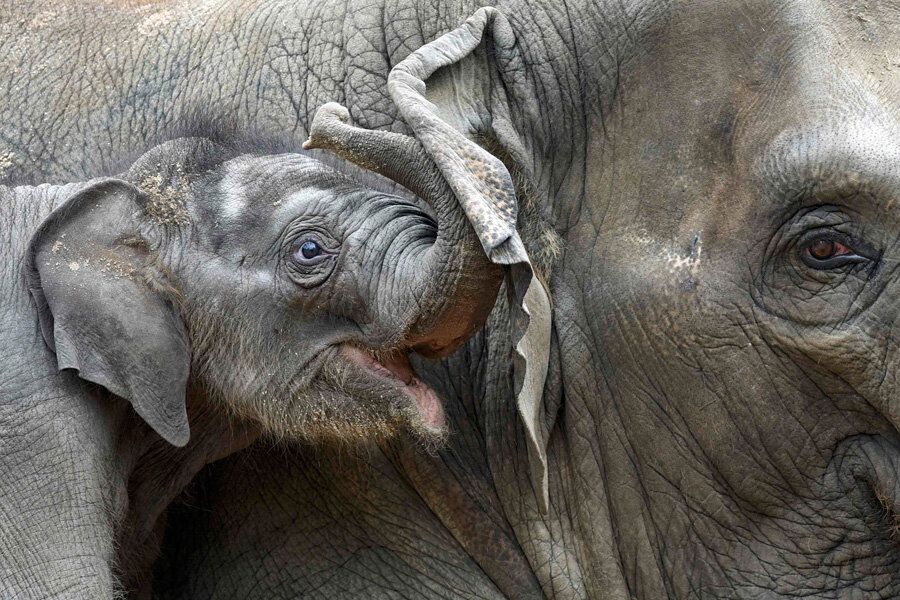World Elephant Day: Who buys Ivory?
Loading...
As the world observes World Elephant Day this August 12, bringing attention to the precarious state of elephant populations worldwide, new research reveals how the demand side of the ivory market keeps the illegal trade alive.
A new international survey published Wednesday by the National Geographic Society and Globescan, says that the majority of people who buy ivory products, would also support banning the sale of ivory.
The research shows that 67 percent of likely ivory buyers, including current owners, would support a government ban on all ivory trade.
“There’s a clear disconnect between individuals saying, ‘I'm going to buy it’ and ‘I support enhanced regulations of the ivory trade,’” says Terry Garcia, the chief science and exploration officer for the National Geographic Society on their website. “Some of it is just rationalization; they've managed to construct an argument in their own minds as to why it's no harm.”
Buyers of ivory express genuine concern about cruelty towards animals, but only less than one-third of them believe that elephants are “very endangered,” while others feel that buying small pieces of ivory would not have a huge impact on elephant populations.
Over the past decades, attempts have been made to target the supply side of the ivory market. The Convention on International Trade in Endangered Species, CITES, banned the ivory trade in 1989.
Additionally, domestic regulations and symbolic gestures like destroying huge amounts of ivory in public have attempted to send a message to those who supply the market.
But these acts have not been enough to stop the poaching. The global illegal trade in ivory has doubled since 2007, according to Wildlife Conservation Society. African Wildlife Foundation says today as few as 419,000 elephants may remain on the continent, as around 35,000 elephants are killed by poachers each year to feed the ivory black market.
After spending eight months researching the ivory trade in the top five importers – China, the United States, Thailand, Vietnam, and the Philippines – GlobeScan study suggests that anti-ivory-trade campaigns should also target the potential buyers.
“We've got to begin addressing the issue of demand and how you suppress it,” says Mr. Garcia. “How do you make it socially unacceptable to purchase illegal ivory.”
Seven in ten likely buyers see ivory as a status symbol, the study shows. These buyers include young fashionistas in low to middle-income brackets who see ivory as a way to project an image of wealth and social status.
The research suggests targeting these potential buyers: convincing them that ivory is uncool, and letting them know how the money from trading ivory is being spent.
Garcia says one approach would be making more people aware of how illegal ivory trade helps criminal syndicates and terrorist groups financially. “You don't care about the animals, how about supporting terrorism?" asks Garcia.
Besides targeting the ivory buyers, people can raise awareness about elephants through social media. Care2 suggests using hashtags such as #WorldElephantDay, #GoGrey, #SaveElephants, #96Elephants, and #SayNoToIvory.
And supporting elephant sanctuaries is another way. This year’s World Elephant Day sponsor, The Nature Conservancy, is trying to raise $150,000 for elephant conservation by making elephant art.








